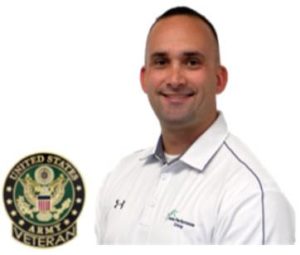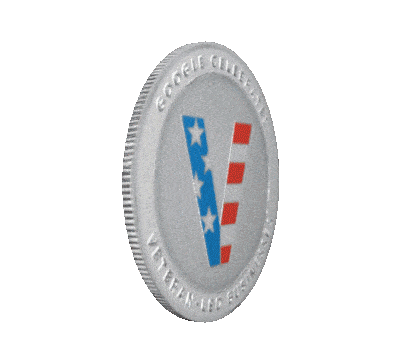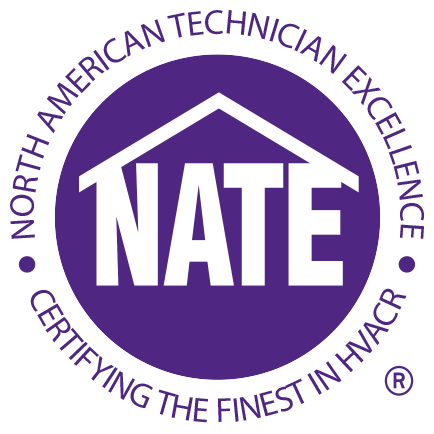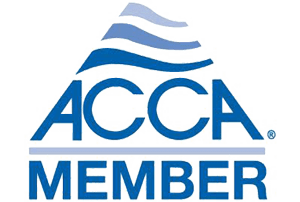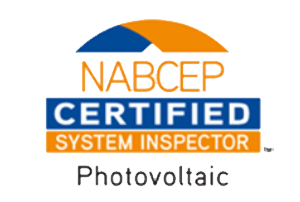Ground Fault Circuit Interrupter Protection by Room
The National Electric Code (NEC), like all other building codes, is a living document, continuously changing on a scheduled three-year cycle. The NEC evolves based on real world experiences in electrical failures, introduction of new technologies, public perception or fear of publicized accidents, changes in other building codes, and societal changes or expectation of home safety. Since the introduction of ground-fault circuit interrupter (GFCI) technology, the NEC has, and continues, to expand the locations and types of equipment required to be protected.
GFCI protection was initially developed in the 1950s and 60s in response to the annual number of reported electrocutions in American homes. 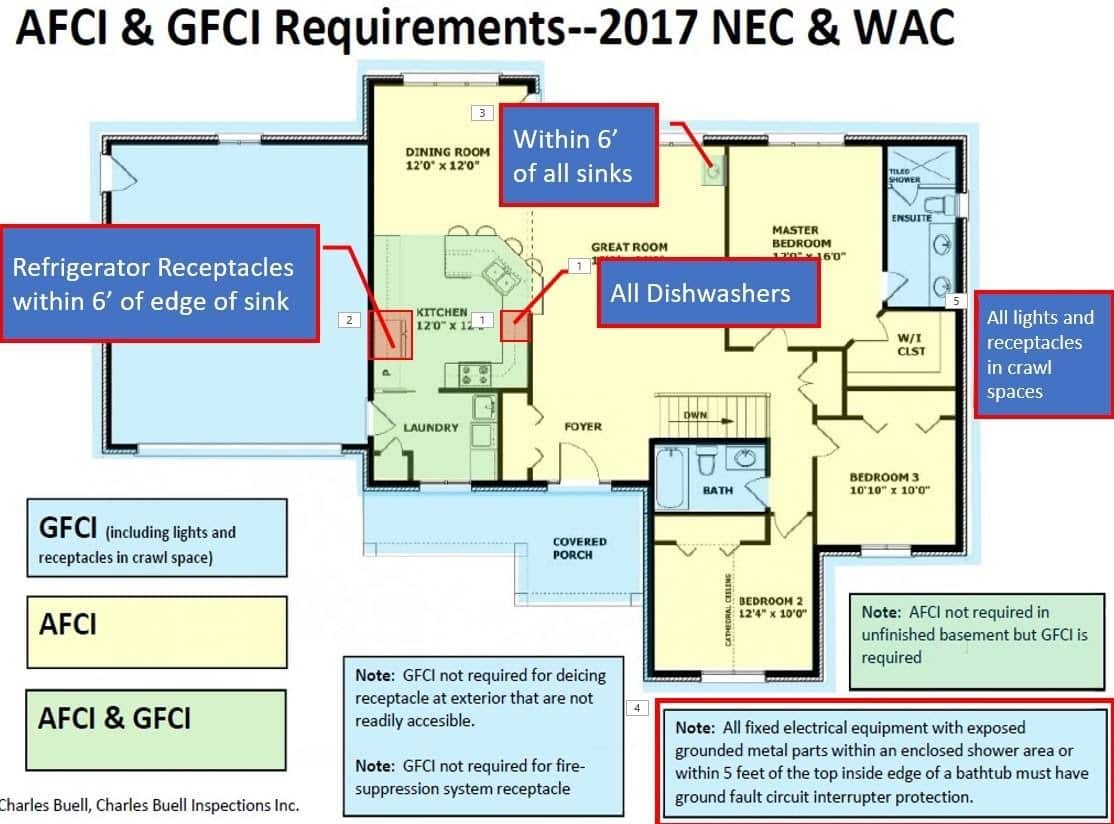
National Electric Code 2020 Changes to GFCI Protection
Although the National Fire Protection Association (NFPA) already published the 2020 NEC, as of this writing, nearly all jurisdictions 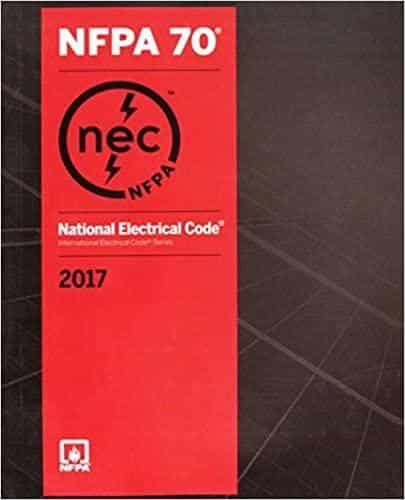
The 2020 NEC code cycle, further expanded ground fault circuit protection with the creation of section 210.8(F) which requires all outdoor receptacles supplied by a single-phase electrical branch circuit rated 150-volts to ground or less, and 50 amperes or less to have GFCI protection. The addition of GFCI protection for outdoor heating and cooling equipment was supported by the code panel based on a fatal electrocution of a young boy who touched the outside case of an air-conditioner that had become energized. This sweeping change now means 240-volt circuits supplying electricity to heating and cooling equipment must be protected (240 volts line to line is 120 volts line to ground). Since the introduction of this new code, real world field experience discovered growing evidence that current GFCI technology creates significant nuisance tripping in heating and cooling equipment, effectively rendering equipment inoperable. 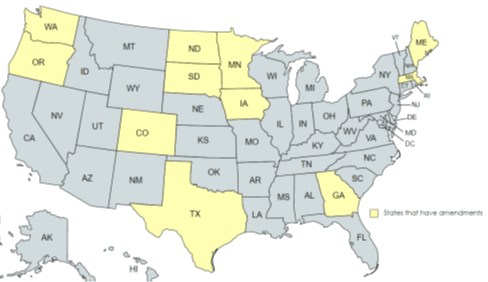
Ground-Fault Circuit Interrupter Receptacles Special Requirements
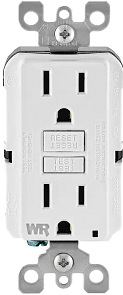
Since 2008, the NEC, specifically section 406.12, specifies all 125-volt, 15 and 20-amp receptacles installed in various locations throughout a home must be rated tamper-resistant receptacles (TRR). This electrical code change was implemented as a response to the more than 2,400 severe shock and burn incidents involving children each year. The intent of this requirement is to protect children from electric shock or electrocution in the event they placed a metal object inside a receptacle slot. The receptacles are equipped with an internal spring-loaded shutter mechanism that will not allow objects to be accidentally inserted into a single receptacle slot, such as a hairpin, fork, key, paper clip, nail, screw, or other small objects. The mechanism requires all three plug prongs be inserted simultaneously to open the receptacle slots.
When selecting a ground-fault circuit interrupter receptacle, the location of installation matters. Best practices dictate, outdoor GFCIs should be rated both weather resistant and tamper resistant, while indoor GFCI receptacles should be tamper resistant.
Home Performance Group GFCI Installation in Kansas City
Interested in installing ground-fault protection? Consider hiring an electrical professional with expert knowledge to properly inspect, test, replace, and install ground-fault protection in your home. A small upfront investment in prudent contractor selection can protect your home, and family.
At Home Performance Group, we continue to invest in technical electrical training so we can provide cutting edge protection to homeowners. We have performed numerous electrical projects for our clients.
If you are interested in a no-cost in-home consultation, schedule with a Solutions Advisor today.

Article by Larry L. Motley Jr., 13 December 2021
Larry is a graduate of both Wentworth Military Academy and Missouri Western State University earning a double bachelor’s degree in Economics and Finance. Additionally, he maintains six professional tradesman licenses in two states and advanced credentialing in green technology, project and program management, and process improvement. Larry is a three-time combat veteran having served in Operation Iraqi Freedom, Operation New Dawn, and Operation Inherent Resolve. He continues to serve through a value-based building science company focused on providing clients the best design, highest quality installation, and most honest repair services in the community.


Featured Service Areas:
| Missouri | Kansas | ||||
|---|---|---|---|---|---|
|
Belton Blue Springs Cameron Excelsior Springs Gladstone Holt |
Independence Kansas City Kearney Lathrop Lawson Lee's Summit |
Liberty North Kansas City Parkville Platte City Plattsburg Polo |
Raytown Riverside Smithville Sugar Creek Weston |
Kansas City Lansing Leavenworth Leawood Lenexa |
Merriam Mission Mission Hills Praire Village Shawnee |



